
Principal Investigators
Carlos Brody
Carlos Brody did his Ph.D. in Computation and Neural Systems at Caltech, in John Hopfield’s group, then did a computational postdoc in Ranulfo Romo’s monkey neurophysiology lab in Mexico (which is Carlos’ country of origin). After a short second postdoc at NYU with Tony Movshon, he began his first faculty position at Cold Spring Harbor Laboratory, where he led a computational group until the allure of exploring cognitive processing in rodents led him to start doing experiments. He moved to Princeton in 2007, and since 2008 has been an Investigator of the Howard Hughes Medical Institute. His group combines high-throughput behavior, electrophysiological recordings, optogenetic perturbations, and computational modeling to understand the neural circuit mechanisms that underlie cognitive processing.
Mark S. Goldman
Mark Goldman received a Ph.D. in physics from Harvard University in 2000 and did his postdoctoral work in theoretical neuroscience at the Massachusetts Institute of Technology. He is currently the Joel Keizer Chair in Theoretical and Computational Biology at UC Davis and an HHMI Professor. Dr. Goldman’s research uses mathematical modeling and computer simulations to address the cellular, synaptic and circuit mechanisms underlying a wide range of neurobiological functions including short-term memory storage, sensory processing, and motor control. Of particular relevance to the BRAIN CoGS project, a large set of his work has focused upon mechanisms by which “neural integrator” circuits can temporally accumulate signals into a short-term memory buffer. Dr. Goldman is a recent co-director of the Marine Biological Laboratory’s Methods in Computational Neuroscience Course (2013–2017).
Jonathan Pillow
Jonathan attended the University of Arizona, where he studied mathematics and philosophy, then spent a year as U.S. Fulbright fellow in Morocco before attending graduate school at NYU, where he received a Ph.D. in neuroscience working with Eero Simoncelli on statistical models of spike trains. He moved to London for a postdoctoral fellowship at the Gatsby Computational Neuroscience Unit at UCL, and in 2009 became an assistant professor at the University of Texas at Austin in the department of Psychology. In 2014, Jonathan moved to Princeton, where he is currently an associate professor in the Princeton Neuroscience Institute, Psychology department, and the Center for Statistics and Machine Learning. Jonathan's current research sits at the border between neuroscience and statistical machine learning, focusing on computational and statistical methods for understanding how large populations of neurons transmit and process information.
Sebastian Seung
Sebastian Seung is Anthony B. Evnin Professor in the Neuroscience Institute and Computer Science Department at Princeton University. Seung has done influential research in both computer science and neuroscience. Over the past decade, he helped pioneer the new field of connectomics, applying deep learning and crowdsourcing to reconstruct neural circuits from electron microscopic images. His lab created EyeWire.org, a site that has recruited over 250,000 players from 150 countries to a game to map neural connections. His book Connectome: How the Brain's Wiring Makes Us Who We Are was chosen by the Wall Street Journal as Top Ten Nonfiction of 2012. Before joining the Princeton faculty in 2014, Seung studied at Harvard University, worked at Bell Laboratories, and taught at the Massachusetts Institute of Technology. He is External Member of the
Max Planck Society, and winner of the 2008 Ho-Am Prize in Engineering.
David Tank
David W. Tank is the Henry L. Hillman professor at Princeton University and Co-Director of the Princeton Neuroscience Institute. He also directs the Bezos Center for Neural Circuit Dynamics. At the Simons Foundation, he is the Director of the Simons Collaboration on the Global Brain. His research interests include the measurement, analysis, and modeling of neural circuit dynamics. At Bell Laboratories he contributed to the development of attractor network models of neural decision-making, the development of functional MRI imaging, and the development of cellular resolution optical imaging of neural dynamics. More recently, his work has focused on the mechanisms of persistent neural activity and the development and application of rodent virtual reality systems combined with large-scale optical recording and electrophysiology to study neural circuit dynamics during navigation and decision making.
Sam Wang
Sam Wang is Professor in the Neuroscience Institute and the Department of Molecular Biology, with affiliations in quantitative and computational biology, cognitive science, law and public affairs, and information technology policy. His neuroscience laboratory (synapse.princeton.edu) investigates how brains learn from sensory experience in adulthood and development, with relevance for autism. Research focuses on the cerebellum’s role in cognition and social processing, using data science, advanced microscopy and electrophysiology, molecular probe design, and automated behavioral tracking. He is co-author of over eighty articles on neuroscience and election policy, as well as two books (Welcome To Your Brain and Welcome To Your Child's Brain), each translated into over 20 languages. Before joining the Princeton faculty in 2000, Wang studied at Caltech and Stanford and worked at Bell Laboratories. To read about Sam Wang's election data work, see election.princeton.edu and gerrymander.princeton.edu.
Ilana Witten
Ilana graduated from Princeton University with an A.B. in Physics in 2002, and received her Ph.D. in Neurosciences from Eric Knudsen‘s lab at Stanford University in 2008, while also collaborating with Haim Sompolinsky. She subsequently completed a postdoctoral fellowship in Karl Deisseroth‘s lab in the Department of Bioengineering at Stanford. Since 2012, she has been a faculty member in the Neuroscience Institute and Department of Psychology at Princeton University. Her lab studies the neural circuits for reward learning and decision making, with a focus on the role of dynamics and feedback.
Collaborators
Nathaniel D. Daw
Nathaniel Daw is Huo Professor in Theoretical and Computational Neuroscience in the Princeton Neuroscience Institute and the Department of Psychology. at Princeton University. He received his Ph.D. in computer science from Carnegie Mellon University and at the Center for the Neural Basis of Cognition, before conducting postdoctoral research at the Gatsby Computational Neuroscience Unit at UCL. He served on the faculty at New York University before coming to Princeton. His research concerns computational approaches to reinforcement learning and decision making, and particularly the application of computational models in the laboratory, to the design of experiments and the analysis of behavioral and neural data.
Jeff W. Lichtman
Jeff W. Lichtman is Jeremy R. Knowles Professor of Molecular and Cellular Biology and the Ramón y Cajal Professor of the Faculty of Arts and Sciences at Harvard University. Lichtman is a developmental neurobiologist interested in the way in which experience alters nervous system organization in long lasting ways. He has participated in the development of a number of methods that describe neural connectivity at the level of individual synapses (connectomics) using fluorescence (e.g., Brainbow) and electron microscopical methods (e.g., ATUM). Lichtman graduated from Bowdoin College with a degree in Biology and from Washington University School of Medicine in 1980 with a Ph.D. in Neurobiology and a M.D. After postdoctoral work at Harvard Medical School, Lichtman joined the faculty of Washington University and remained there for twenty years before moving to his present position at Harvard in 2004.
Kanaka Rajan
Dr. Kanaka Rajan is a Computational Neuroscientist and an Assistant Professor of Neuroscience at Mount Sinai. Her research focuses on integrative theories to describe how behavior emerges from the cooperative activity of multi-scale neural processes, using flexible neural network models constrained directly by experimental data. Her cross-disciplinary approach reveals how neural circuits learn and execute functions ranging from working memory to decision-making, reasoning, and intuition. Kanaka’s work has been recognized with various awards, including from the Brain and Behavior (NARSAD), James S McDonnell, Mindlin, DiSabato, and Dyal Foundations, as well as a Sloan Research Fellowship. Her research is supported by a BRAIN Initiative R01 grant from the National Institutes of Health (NIH) and a Foundations award from the National Science Foundation. She also serves as co-lead for a Computational Neuroscience Working Group and a mentor for the SPARC Ideas Lab, both at the NIH.
Researchers
Avinash Avinash
Avinash is a Ph.D. student in the lab of Mark Goldman at UC Davis. His general interests lie in using machine learning techniques to understand the workings of neural circuits during learning and memory formation. Currently, Avinash is working on implementing a neural circuit that performs temporal difference learning using sequential firing to bridge time delays. Previously, he received a BS in Physics at Indian Institute of Science located in Bangalore, India where he primarily worked on open quantum systems and quantum field theory.
Scott Bolkan
After obtaining his bachelor’s degree in Human Biology with a concentration in Neuroscience at Stanford University, Dr. Bolkan went on to complete a Ph.D. in Neurobiology and Behavior at Columbia University in 2017. Working in the laboratories of Dr. Joshua Gordon and Dr. Christoph Kellendonk, he investigated how reciprocal circuitry interconnecting the mediodorsal thalamus and prefrontal cortex supports component processes of spatial working memory and other cognitive behaviors in mice. Now he is investigating the striatal substrates supporting working memory guided decision-making in the Witten lab. Dr. Bolkan’s core research interest is to understand how local and distributed neural circuits contribute to component operations mediating cognitive behaviors. Towards this goal his work employs a variety of tools for directly measuring and manipulating neural activity in genetically defined neural populations, as well as computational techniques for the analysis of neural dynamics.
Lindsey Brown
After earning her bachelor's degree in mathematics at Duke University, Dr. Brown went on to complete her Ph.D. in Applied Mathematics at Harvard University, where she developed dynamical systems models of the circadian system at the molecular level and used these models to analyze model predictive control techniques to shift the phase of the circadian oscillator. She then joined the Princeton Neuroscience Institute in the Summer of 2021, working with Dr. Ilana Witten and Dr. Mark Goldman. Her current research focuses on developing physiologically-realistic, computational models of the dopaminergic circuitry in the striatum used in decision making and reward learning.
Ryan Cho
Dr. Cho received his bachelor’s degree in biomedical engineering from the Johns Hopkins University and his master’s degree in bioengineering from the University of Pennsylvania. At Penn, he worked with Dr. Brian Litt on developing an automated algorithm to detect micrographic seizure events from intracranial recordings of surgical epilepsy patients. He then pursued his Ph.D. in Computation and Neural Systems at Caltech in the laboratory of Dr. Viviana Gradinaru, where he investigated the functional role of dorsal raphe dopamine neurons in signaling arousal and motivational salience. He also contributed to developing and characterizing genetically encoded dopamine sensor - dLight1 - with Dr. Lin Tian at the University of California at Davis. Dr. Cho moved to the Princeton Neuroscience Institute in 2019 for his post-doctoral research with Dr. Ilana Witten. He is interested in how catecholamine neuromodulators shape prefrontal cortical dynamics and behavior during a working memory based decision making task.
Brian DePasquale
Dr. DePasquale received a BS in physics from Fordham University in 2005 and a Ph.D. in neurobiology and behavior from Columbia University in 2016 as a NSF Fellow. Under the tutelage of Dr. Larry Abbott, during his Ph.D. he developed algorithms for training artificial neural networks and used these models to describe how populations of neurons can give rise to low-dimensional activity patterns for performing computations. He began his postdoctoral research at the Princeton Neuroscience Institute in 2016 in the labs of Dr. Carlos Brody and Dr. Jonathan Pillow. Broadly, his research focuses on the development and use of mathematical models to describe the relationship between neural activity and behavior.
Efthymia (Mika) Diamanti
Mika is an EMBO Fellow, working in the lab of Dr. David Tank. She is interested in how inter-areal interactions contribute to the broad emergence of cognitive signals in the brain. Mika obtained a PhD in systems neuroscience from University College London under the supervision of Matteo Carandini. Her PhD work focused on visual information processing during navigation. Dr. Diamanti has a multidisciplinary background, including two undergraduate degrees, in law and physics, from University of Athens, Greece and a master’s degree in physics from Imperial College London.
Esmeralda Fonseca de la Cruz
Dr. Fonseca de la Cruz obtained her undergraduate degree in Psychology at the National Autonomous University of Mexico (UNAM), where she worked under the supervision of Dr. David Velázquez-Martínez. Esmeralda’s undergraduate work explored the effect of binge eating, and dopaminergic and serotonergic pharmacological manipulations, over hunger and satiety interoceptive states in rats. Subsequently, she completed a Ph.D. in Biomedical Sciences at the UNAM in 2019, working in Dr. Ranier Gutiérrez’s lab at the Center of Advanced Research and Studies (CINVESTAV). Her work focused on the representation of sweetness in the rat insular and orbitofrontal cortices. Dr. Fonseca de la Cruz joined Dr. Brody’s Lab as a postdoctoral researcher, where she is studying hippocampal dynamics of decision-making while mice are accumulating visual information during a spatial navigation task.
Mark Ioffe
Dr. Ioffe received his Ph.D. in Physics from Princeton in 2017, working with Profs. Michael J. Berry II and William Bialek. His research used a mixture of experimental and computational methods to probe adaptation in the neural coding of populations of retinal ganglion cells. He started his postdoctoral work at the Princeton Neuroscience Institute in the Spring of 2017, working with Profs. David Tank and Carlos Brody. His current focus is on optical methods for experimental neuroscience, with the goal of applying these methods to perturb neural dynamics in behaving animals.
Sanjeev Janarthanan
Sanjeev is a Neuroscience Data Analyst serving the BRAIN CoGS collaboration. He received his undergraduate degree from the University of Washington in Applied Math. As an undergraduate his research focused on finding biomarkers for Parkinson’s disease using machine learning methods. Sanjeev will assist in various microscopy and computational efforts for all the labs in the BRAIN CoGS collaboration that study brain-wide activity and connectivity.
Joshua Julian
Dr. Julian is a postdoc in the labs of Dr. Carlos Brody and Dr. David Tank, studying context-dependent decision-making. He is broadly interested in how neural populations mediate cognition, with the long-term goal of determining whether analogous neural circuit mechanisms support complex behaviors in rodents and humans. He received his Ph.D. in Psychology from the University of Pennsylvania under the supervision of Dr. Russell Epstein. His doctoral research investigated the neurocognitive basis of spatial cognition and navigation in rodents and humans using a variety of experimental methods, including fMRI, transcranial magnetic stimulation, electrophysiological recordings, and cognitive-behavioral testing. He then continued this work at the Kavli Institute for Systems Neuroscience in Trondheim, Norway for a brief postdoc in the lab of Dr. Christian Doeller, before joining the BRAIN CoGS team in 2019.
Orren Karniol-Tambour
Orren is a PhD Student in Jonathan Pillow’s lab working on statistical methods to characterize multi-region neural dynamics and communication underlying cognitive processing and behavior. He is broadly interested in statistical modeling of neural data with a cognitive focus. He received an MS in Symbolic Systems from Stanford University and BA in Economics from Brandeis University. Previously, he worked on encoding models for a retinal prosthesis with EJ Chichilnisky at Stanford, and spent time doing research in industry, at an infectious disease genomics startup and a hedge fund.
Ben Lankow
Dr. Lankow obtained his bachelor’s degree from Binghamton University and went on to complete a PhD in Neuroscience at UC Davis, working in the Laboratory of Dr. W. Martin Usrey. There, he investigated the neurophysiological and computational underpinnings of perceptual competition in the early visual system. Dr. Lankow later joined the laboratory of Dr. Mark Goldman at UC Davis, where his research has focused on the structure and dynamics of multistable neural circuits. His interests center on understanding the ability of neurons, and collections of neurons, to provide useful computational capabilities over a large range of timescales.
Rachel Lee
Rachel Lee is a PhD candidate in the Witten and Daw lab. Her main research interest is building computational models to interpret and understand neural data related to cognitive abilities, with a particular focus on bringing together interdisciplinary insights. Currently, she is working on a deep reinforcement learning model trained on a high-dimensional evidence accumulation task to analyze how the brain might represent state and perform reinforcement learning. Prior to Princeton, she received her B.S. from Stanford University in Mathematical and Computational Science working with Professor James McClelland and Professor Andrew Saxe.
Juan López Luna
Juan Lopez Luna obtained his master's degree in electrical engineering with a specialty in bioelectronics at the Research and Advanced Studies Center (CINVESTAV). His work mainly focused on the development of a microwave ablation therapy applicator for breast cancer treatment. Later, he cofounded Vitenskap, a tech consulting firm where he coordinated projects ranging from IoT applications to web app development in the health and retail industries. He also worked as a professor at La Salle University in Mexico City, where he developed and instructed microcontrollers and biomedical instrumentation courses. Juan joined BRAIN CoGS in 2020 as a technical manager, bringing his experience in academics and the industry to develop and maintain experimental setups for behavioral training and neural recordings and perturbations.
Álvaro Luna
Álvaro Luna did his Masters in Bioelectronics at the Research and Advanced Studies Center (CINVESTAV). His work focused on the development of an epileptic seizure prediction system for rats. He worked as a Data Analyst at the Neurobiology of Appetite Lab under the supervision of Dr. Ranier Gutierrez. Álvaro also worked for a private research company developing computer vision algorithms for healthcare projects. Before joining BRAIN CoGS Mr. Luna worked as a Data Scientist for the private sector in a logistics field.
Zeinab Mohammadi
Zeinab is a postdoc in Jonathan Pillow’s lab. Generally, she is interested in the intersection of machine learning, signal processing and computational neuroscience to develop algorithms for analyzing the neural activity. Her current research includes using GLM-HMM to model animal behaviors and multi-region neural analysis methods. Previously, she received her Master and PhD in Electrical Engineering from the University of Colorado where she developed a new real-time spike sorting algorithm (EGNG) to analyze the High-Density Microelectrode Array (HD-MEA) data such as Neuropixels probe data.
Edward H. Nieh
Dr. Nieh received his Bachelor’s and Master’s degrees in Bioengineering from the University of Pennsylvania, working with Dr. Brian Litt on automated seizure detection using machine learning in 2010. From there, he joined Dr. Kay Tye’s lab at the Massachusetts Institute of Technology, where he obtained his Ph.D. in Neuroscience in 2016. His work centered around mapping the neural circuits between the lateral hypothalamus and ventral tegmental area and their roles in controlling motivated behaviors such as feeding and social interaction. He joined the labs of David Tank and Carlos Brody for his postdoctoral work in the fall of 2016, where he is now studying how CA1 neurons in the hippocampus form sequences during an evidence accumulation and decision making task.
Alexander Riordan
Alexander Riordan is a Ph.D. candidate in the Tank Lab, whose goal is to understand how neuronal interactions produce activity patterns underlying cognition. His approach shifts from computation to experiment as needed. Currently he is combining imaging technologies to test circuit models of memory and navigation. Previously, he has co-developed machine learning methods for cell detection in collaboration with Sebastian Seung, circuit models of cognitive flexibility with Carlos Brody, and nonlinear dynamical models of odor-tracking with Nathan Urban and Bard Ermentrout. His experimental work with Jan Thornton explored therapeutic roles of hormones in schizophrenia. Riordan received a bachelor's degree in mathematics from Oberlin College, and a master’s in neuroscience from Princeton University.
Manuel Schottdorf
Dr. Schottdorf completed his undergraduate education in physics and philosophy at the University of Würzburg in Germany, supported by a Max Weber scholarship run by the German Academic Scholarship Foundation. He then obtained two Master degrees, one in 2011, working in condensed matter physics from Rutgers University, and one in 2013, working in theoretical neuroscience in Göttingen. In 2018, he completed his PhD research in the labs of Fred Wolf at the Max Planck Institute for Dynamics and Self-Organization and Walter Stühmer at the Max Planck Institute for Experimental Medicine. For his work on the reconstitution of visual cortical feature selectivity, he was selected as a recipient of a Boehringer Ingelheim Fonds PhD Fellowship, and won the Otto Hahn medal of the Max Planck Society. Dr. Schottdorf moved to the Princeton Neuroscience Institute in 2018 to study the neuronal basis of cognition.
Michael Siniscalchi
Michael is a postdoc in Ilana Witten’s lab. He earned his BA in philosophy at Oberlin College, with a concentration in cognitive sciences, and went on to earn an MPhil and PhD in Neuroscience at Yale University. His honors thesis at Oberlin focused on representationalism in theories of conscious experience. Prior to graduate school, he spent four years in the lab of Klaudiusz Weiss and Elizabeth Cropper at Mount Sinai School of Medicine, where he studied neuromodulatory mechanisms underlying behavioral flexibility and experience-dependent plasticity in the feeding system of Aplysia. His PhD research with Alex Kwan at Yale School of Medicine focused on representations of choices, outcomes, and behavioral context in the medial frontal cortex of the mouse during context-dependent sensorimotor decisions. Here at PNI, he plans to study neural substrates for operant learning, with a particular focus on cortical–subcortical interactions.
Stephan Y. Thiberge
Dr. Stephan Thiberge is the director of the Imaging Core Facility of the Bezos Center for Neural Dynamics. He received his PhD in Physics in 1999 at the University of Nice-France. As part of a post-doctoral work at the Weizmann Institute of Sciences in Israel, he developed wet-SEM, a method permitting the observation of wet samples in scanning electron microscopes. He joined Princeton in 2003 as a post-doctoral fellow working in synthetic biology. In 2006, under the direction of David Tank, he specialized in the field of optics and microscopy, managing the Imaging Core Facility of the Lewis-Sigler Institute.
Zhihao Zheng
Dr. Zhihao Zheng obtained his medical degree from Sun Yat-sen University, China, in 2009. Dr. Zheng completed his PhD in neuroscience under the mentorship of Dr. Davi Bock in the joint program between Janelia Research Campus, HHMI and the Solomon H. Snyder Department of Neuroscience at Johns Hopkins University. During his PhD, Dr. Zheng acquired a whole-brain electron microscopy (EM) volume of an adult fly brain and used the EM volume to map the network architecture of olfactory inputs to the mushroom body, a center for learning and memory in the fly brain. After graduating from PhD, he joined Dr. David Tank’s and Dr. Sebastian Seung’s labs to study how network connectivity of neurons relates to circuit functions or dysfunctions.
David Zoltowski
David Zoltowski is a Ph.D. student in the lab of Jonathan Pillow. He is generally interested in using statistical models to characterize neural responses and dynamics underlying complex behaviors. His specific research interests include latent variable models of neural activity during decision making and scalable inference methods for analyzing neural data. Previously, he received a BS in electrical engineering from Michigan State University and an M.Phil. in Engineering from the University of Cambridge as a Churchill Scholar, where he worked on models of the representation of uncertainty during decision making with Máté Lengyel.
Project Manager
Brigitte Stark
Brigitte Stark received her master’s in human genetics from the Johannes Gutenberg University in Mainz, Germany, where she completed her thesis on Hodgkin's lymphoma. She also holds a degree in science journalism from Virginia Commonwealth University. After moving to Princeton in 1996, she worked for the Institute for Advanced Study as a newsletter editor and taught German for many years. Before joining BRAIN CoGS, Brigitte managed the office of SCIENION, a German medical engineering start-up. Now she combines her organizational talent and passion for science to support all the researchers on her team.
Alumni
Mikio Aoi
Dr. Aoi’s research is broadly aimed at the development of innovative statistical and machine learning frameworks for studying how neuronal populations manage computational challenges through complex interactions. Before pursuing an interest in neuroscience he earned a bachelor’s degree in Kinesiology from California State University, Long Beach and a Ph.D. in Mathematical Biology from North Carolina State University studying cerebrovascular function in stroke patients. From 2011-2014 he worked with Uri Eden and Mark Kramer in the Department of Mathematics at Boston University where he developed statistical methods for assessing rhythmic synchrony in neuronal populations. He has been working in the Pillow lab since 2014 developing scalable methods for analyzing high dimensional datasets of neuronal activity in animals performing perceptual decision making tasks.
Adam Charles
Dr. Charles is an Assistant Professor in the Department of Biomedical Engineering an Johns Hopkins University, with affiliations at the Kavli Neuroscience Discovery Institute, the Center for Imaging Science, and the Mathematical Institute for Data Science. He holds a PhD from the Georgia Institute of Technology where he worked in the Department of Electrical and Computer Engineering on statistical signal processing and computational neuroscience with Dr. Chris Rozell. Dr. Charles then joined the Princeton Neuroscience Institute in 2015 as a postdoctoral researcher, working on computational neuroscience with Dr. Jonathan Pillow, collaborating heavily with Dr. David Tank's lab. Dr. Charles' research focuses on computational challenges in acquiring and interpreting neural data, including neural imaging technologies, inference and tracking of sparse and structured signals, and mathematical modeling of neural networks. His lab aims to create the next generation of models and algorithms that can meet the challenging scale and complexity of neural data. https://www.bme.jhu.edu/ascharles/
Ben Deverett
Ben studied neuroscience, computer science, and music at McGill University for his undergraduate degree. He joined the MD/PhD program at Rutgers and Princeton in 2013, and he obtained a Ph.D. in molecular biology and neuroscience in 2019. In the BRAIN CoGS collaboration, he used two-photon calcium imaging and optogenetics to study the role of the cerebellum in perceptual decision-making.
Zahra Dhanerawala
Zahra M. Dhanerawala is a student in the Medical Scientist Training Program (MSTP) at Washington University in St. Louis, where she is pursuing an MD and PhD in neuroscience. She studied biochemistry and mathematics at Simmons College before joining Princeton University as a Research Specialist in 2018. As an undergraduate she was involved in research on mechano-activated signalling in the endothelium, flexible behaviors in larval zebrafish, and mathematical models of ion channel dynamics. Zahra assisted in various microscopy and computational efforts for all the labs in the BRAIN CoGS collaboration that study brain-wide activity and connectivity. She also helped develop tools for automated cell detection in light-sheet microscopy images in collaboration with the Seung lab and Cold Spring Harbor Laboratory and applied statistical models to contribute to the understanding of cerebello-thalamo-cortical connectivity and cerebellar topography.
Ben Engelhard
Dr. Engelhard obtained his bachelor degree from the Technion - Israel Institute of Technology, Haifa, Israel. He then joined the lab of Prof. Eilon Vaadia in The Hebrew University of Jerusalem, where he got his Ph.D. in computational neuroscience in 2015. Dr. Engelhard investigated cortical dynamics during Brain-Machine –Interface learning, as well as the relationship between oscillatory activity, single-neuron synchrony, and behavior. He moved to the Princeton Neuroscience Institute in 2015 for his post-doctoral research in the laboratories of Dr. David Tank and Dr. Ilana Witten, where he studied the functional organization of the dopamine system during navigation-based decision-making. Currently Dr. Engelhard is an assistant professor at the Technion – Israel’s Institute of Technology, where his lab studies the role of dopamine neurons in complex behavior. https://engelhardlab.com/
John D’Uva
John graduated with a B.S. from the University of Miami where he concentrated on topics in Econometrics and Game Theory while playing Wide Receiver for the Hurricanes’ football team. Now a graduate student in the Department of Biomedical Engineering at Johns Hopkins University, John previously held a wide array of responsibilities within the Wang Lab. These duties included serving as the main point of contact for PNI’s Volumetric Histological Core Facility, analyzing transgenic rodent gait dynamics/stride kinematics to quantify varying coordination deficits across autistic phenotypes, and contributing to the lab’s production of a Linux-compatible deep learning pose estimation classifier for tracking animals’ individual body parts. Further investigating the intersection between neuroscience and technology, John is now pursuing a concentration in Neuroengineering with particular emphases on neural implants/interfaces, neuromedical data science, and computer integrated neurosurgery.
Austin Hoag
Dr. Hoag is an observational astrophysicist who received his Bachelor's degree in Physics from Colby College and his PhD in Physics from UC Davis. His research focused on the Epoch of Reionization, a phase transition triggered by the birth of the first stars and galaxies in the first billion years of the Universe. Before coming to Princeton, he was a postdoctoral researcher in the Division of Astronomy and Astrophysics at UCLA as a member of Prof. Tommaso Treu's research group. Dr. Hoag joined Princeton in July 2019 as a software developer, bringing his image and signal processing expertise from astrophysics to develop a robust and user-friendly light sheet microscopy pipeline for the BRAIN CoGS collaboration.
Stephen Keeley
Dr. Keeley is an assistant professor in the department of Natural Sciences at Fordham University. He received bachelor degrees in Biology and Physics from the University of Rochester in 2011, and completed a Ph.D. in computational neuroscience at the Center for Neural science at NYU in 2016. For his Ph.D., Dr. Keeley worked with John Rinzel and Andre Fenton to develop firing rate models to study competitive gamma oscillations in CA1 and the roles interneuron subtypes play in impacting gamma dynamics. In late 2016, Stephen moved to the Princeton Neuroscience Institute to work with Johnathan Pillow as a post-doc. There, he began working on statistical models for neural population data. Recent specific projects include developing novel inference methods for Gaussian Process Factor Analytic models with count-observations, as well as extending these Gaussian Process models to analyze stimulus-locked signal information, and trial-by-trail variation in trial-based neural data. Dr. Keeley continues his statistical work aimed at understanding neural population activity at Fordham University.
Sue Ann Koay
Dr. Koay is a group leader at HHMI's Janelia Research Campus. She received Bachelor degrees in Physics and Computer Science from San Jose State University. She then pursued a Ph.D. in Physics at the University of California, Santa Barbara, initially in string theory and later in experimental high energy physics with the group of Dr. Joseph Incandela. As a postdoctoral Dicke Fellow in the Department of Physics at Princeton University, she transitioned to the field of Neuroscience in the laboratories of Dr. David Tank and Dr. Carlos Brody, where she spent some fun and highly educational years studying perceptual decision making using a mouse animal model. Dr. Koay’s interests are in the confluence of experiment and theory and what this may tell us about principles of operation of the brain. Her lab at Janelia pursues novel ways of thinking about neural mechanism using a tight loop between theory and experiment, specifically concerning how the brain can flexibly and rapidly adapt behavioral strategies to newly encountered situations. http://koaylab.org
Marlies Oostland
Marlies Oostland is a Marie Skłodowska-Curie Fellow in the lab of Prof. Michael Häusser at University College London with an overall interest in neuronal computations underlying cognition, including learning, working memory, and the relation with autism. Previously, she was a postdoctoral researcher with BRAIN CoGS in the lab of Prof. Sam Wang. During this project, she found enhanced learning of the evidence-accumulation task in a cerebellum-specific mouse model of autism. As part of her Marie Skłodowska-Curie fellowship, she worked with Prof. Michael Brecht at the Humboldt University Berlin to study kin recognition in human cannibals. Before coming to Princeton, she did postdoctoral research at the University of Edinburgh in the labs of Prof. Matt Nolan and Prof. Ian Duguid. She completed postgraduate training at the University of Amsterdam, which included a research project at the University of Cambridge.
Lucas Pinto
Dr. Pinto is an Assistant Professor in the Department of Physiology at Northwestern University. He obtained his MD from the Federal University of Minas Gerais, Brazil, in 2006. He then did an MS in physiology at the same university, where he studied visual processing in owls with Jerome Baron. Dr. Pinto got his PhD in neuroscience from the University of California, Berkeley in 2014, working in in Yang Dan’s laboratory. He investigated how circuits downstream of the sensory cortex participate in perceptual decision-making. He moved to the Princeton Neuroscience Institute in 2015 for his post-doctoral research with Dr. David Tank and Dr. Carlos Brody. Dr. Pinto is broadly interested in neural mechanisms underlying cognition, both at the local circuit level and in terms of large-scale interactions between different brain areas. In particular, his lab seeks to understand which circuit mechanisms allow for such interactions between different areas to change according to different cognitive requirements. To do so, they use a combination of large-scale optical recording and perturbation techniques, high-throughput virtual-reality behavior, and computational modeling. www.pintolab.org.
Tom Pisano
Tom Pisano is an M.D./Ph.D. candidate and a NIH Ruth L. Kirschstein Predoctoral fellow. As a former member of the Wang Lab, his dissertation research concerns the long distance connectivity of the posterior cerebellum. His research involves a combination of viral tracers, computational neuroanatomy, machine learning and whole brain clearing techniques to look at the topographical organization of cerebellar connections to the rest of the brain. His interests include cerebello-thalamo-cortical connections and the cerebellum's contribution to non-motor behavior. After defending in the spring of 2019, he returned to to Rutgers Medical school, where he will complete his medical training in 2021.
Abigail Russo
Dr. Russo received her Bachelor’s degree in Psychology from Brandeis University in 2013, and a Ph.D. in Neuroscience at Columbia University in 2019. She started her postdoctoral work at Princeton in 2019, working with Drs. Carlos Brody and Jonathan Pillow and is now a research scientist at CTRL-labs. Her research interests focus on understanding circuit-level neural computation through large-scale neural recordings and computational modeling.
Benjamin Scott
Dr. Scott is an Assistant Professor in the Department of Psychological and Brain Sciences at Boston University. He received his BA from the University of Chicago and his Ph.D. from the Massachusetts Institute of Technology where he was named a Poitras Fellow in Biomedical Engineering. He did postdoctoral research at Princeton University in the laboratories of Drs. David Tank and Carlos Brody. Dr. Scott’s research sits at the interface between biology and neuroscience, and a consistent theme in his work has been the development of new tools for imaging structure and function in the intact nervous system. Examples of his past accomplishments include the generation of techniques for genetic modification in birds, the discovery of a unique form of cell migration in the adult brain, and the development of a system that trains rodents to dock to a two-photon microscope, facilitating in vivo, functional imaging during complex learned behaviors. www.scottcognitionlab.com
Kelly M. Seagraves
Kelly M. Seagraves is an accepted fellow with the American Association for the Advancement of Science’s (AAAS) Science and Technology Policy Fellowship program. She will be working as an analyst on technology-related issues for the US Department of State. At the Princeton Neuroscience Institute Dr. Seagraves was a CV Starr Fellow, working in the lab of Prof. Sam Wang and managing BRAIN CoGS’ Brain Registration and Histology core facility. Prior to Princeton, she received her Bachelor’s degree in Molecular, Cellular, and Developmental Biology from the University of Colorado at Boulder, and her PhD in Zoology from the University of Cambridge as a member of Howard Hughes Medical Institute’s Janelia Graduate Scholars program. Her research has focused on understanding how the brain controls social interactions, with an emphasis on using computer vision, machine learning, and microscopy techniques. In addition, Dr. Seagraves is passionate about teaching and social justice issues. Of note, she spent three years as a volunteer instructor with the Princeton Prison Teaching Initiative, with whom she taught accredited college courses at Fort Dix Federal Correctional Institution. linkedin.com/in/kellymseagraves
Iris Stone
Iris Stone is a Ph.D. student working in collaboration with Jonathan Pillow and Ilana Witten. Broadly speaking, her interests include understanding both the neural circuitry and behavior that support decision-making and social interactions. Her current work includes using latent-state models to identify the discrete structures underlying these cognitive processes. Previously, she received a B.S. in Physics from George Mason University, where she studied the use of organic and nanomaterials for applications in biomedicine and neuroscience.
Adrian Wanner
Adrian holds a MSc in Natural Sciences from ETH Zurich with majors in theoretical physics and neuroinformatics and a PhD in Neurobiology from the FMI and the University of Basel. At FMI he worked in the lab of Rainer Friedrich on combining in vivo multiphoton calcium imaging with dense, electron microscopy-based neuronal circuit reconstruction. Adrian is a CV Starr Fellow at Princeton University and investigates the structure of neuronal circuits involved in working memory of mice in collaboration with the labs of David Tank and Sebastian Seung. At the PSI in Switzerland, Adrian explores synchrotron imaging applications for neuronal circuit reconstruction.


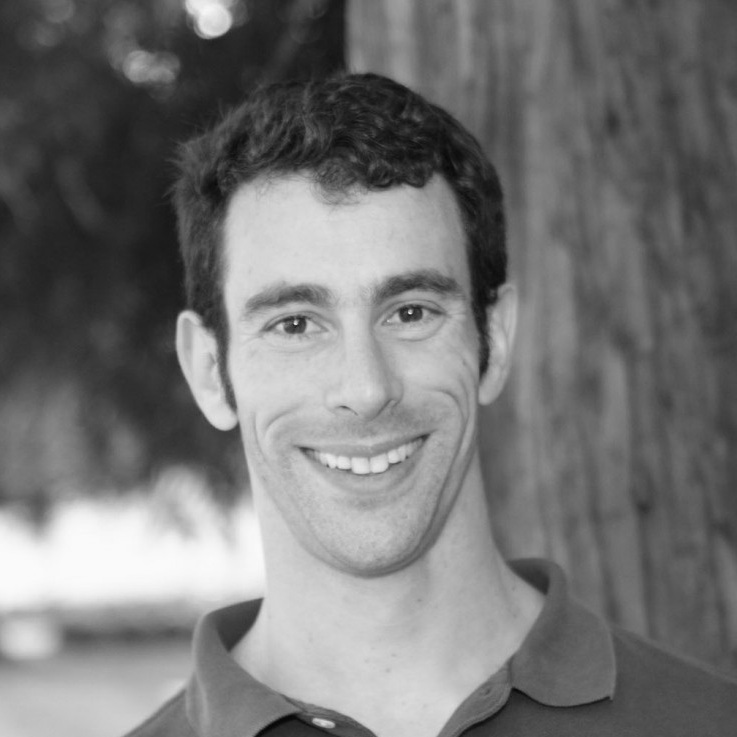

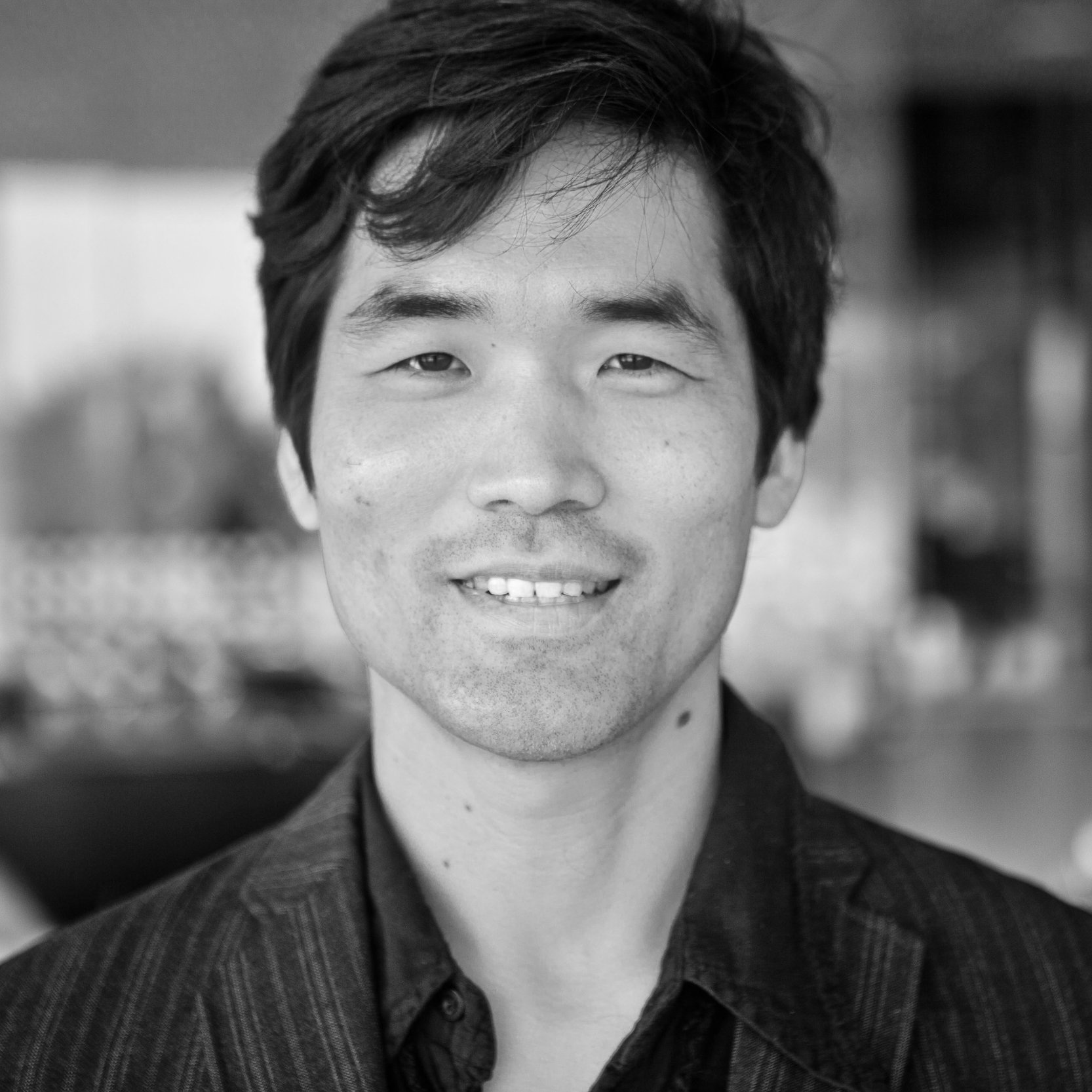



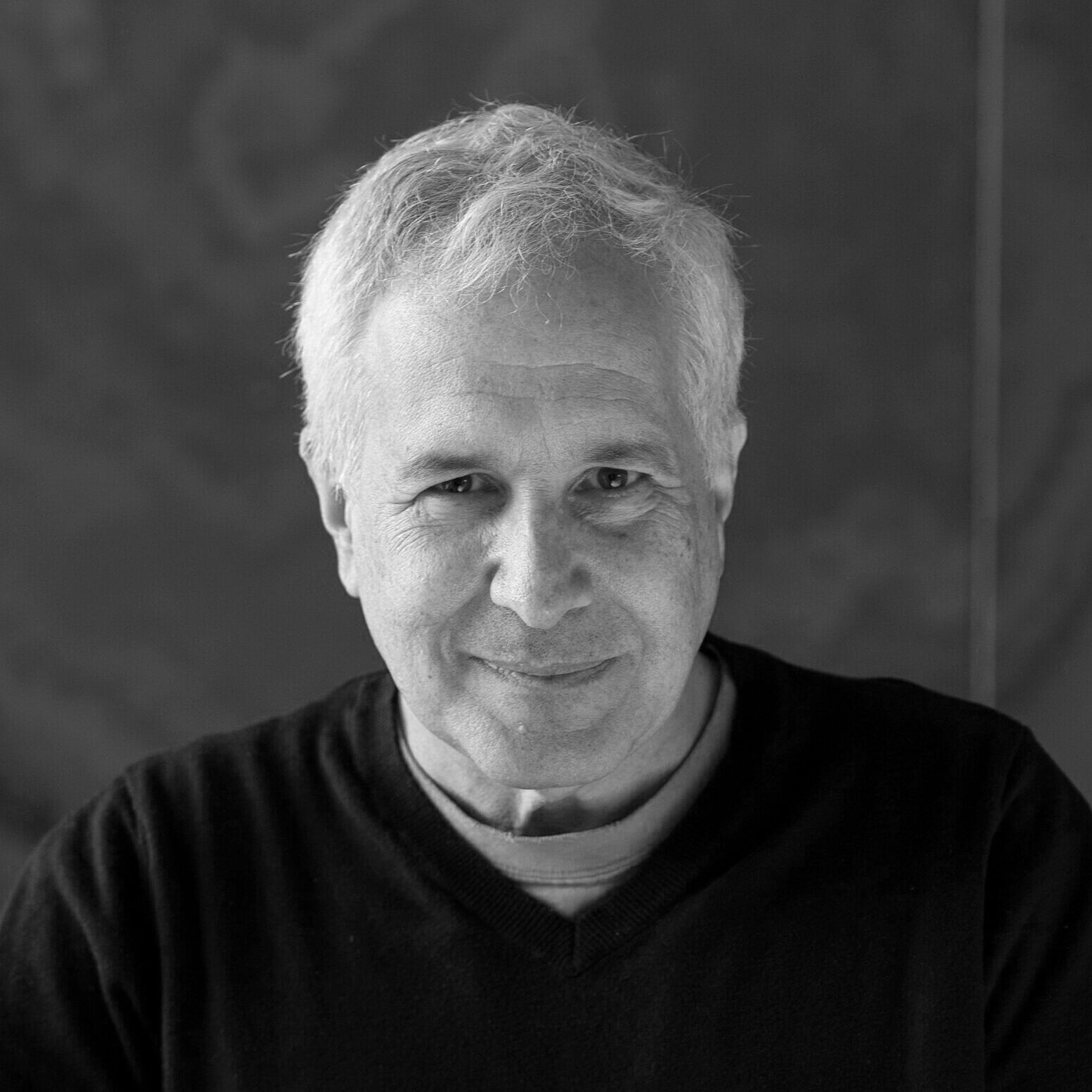

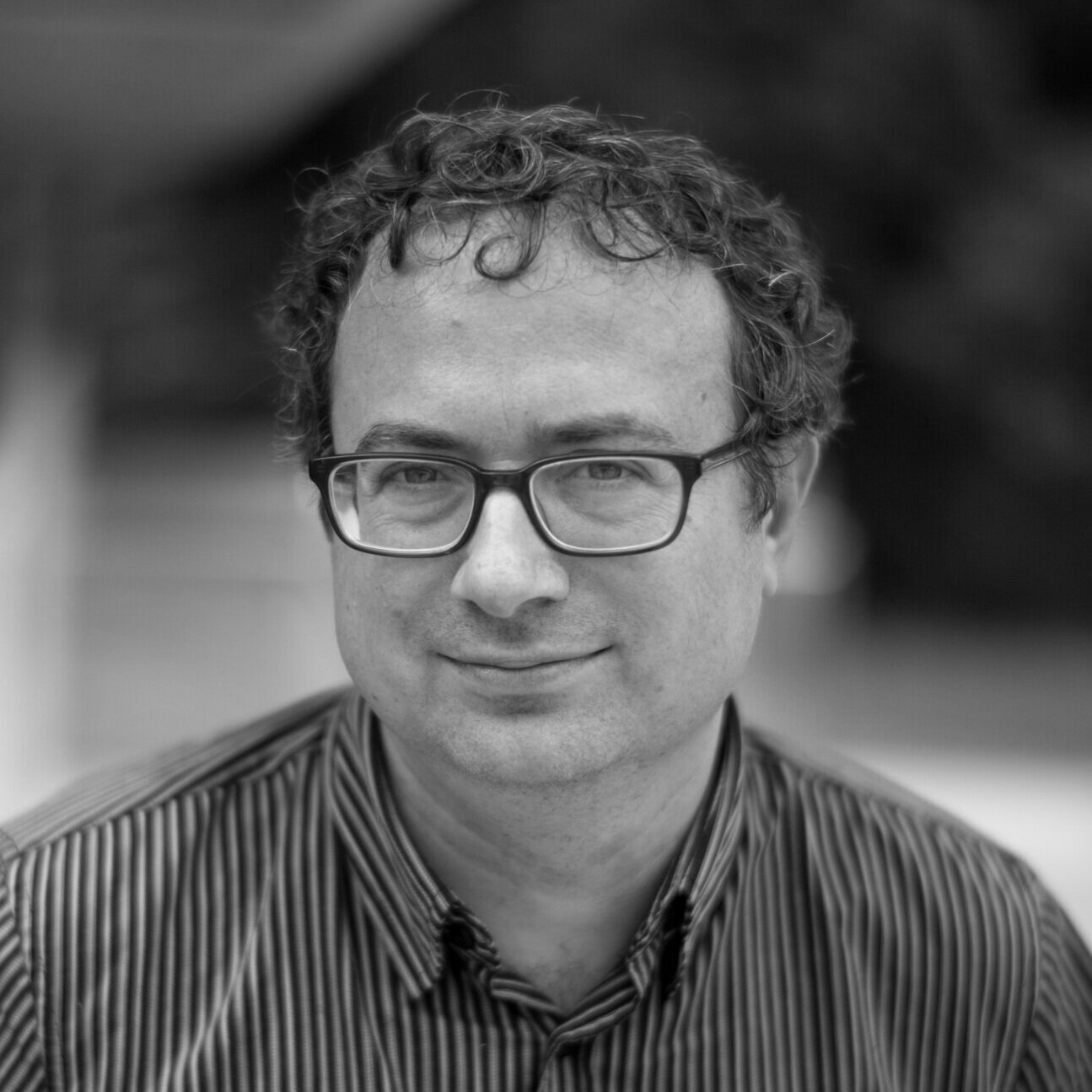

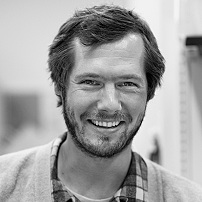

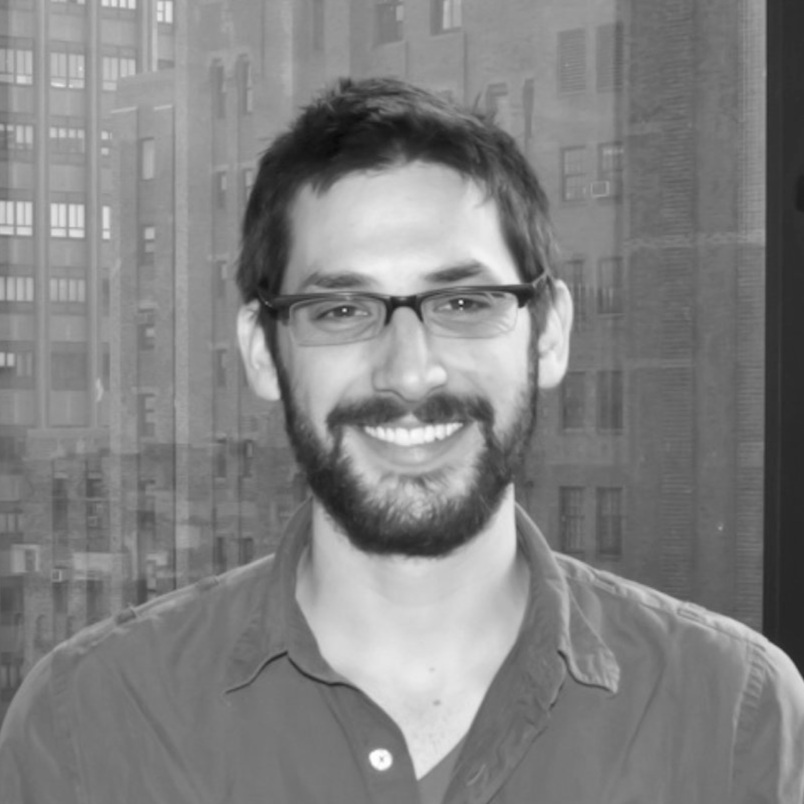
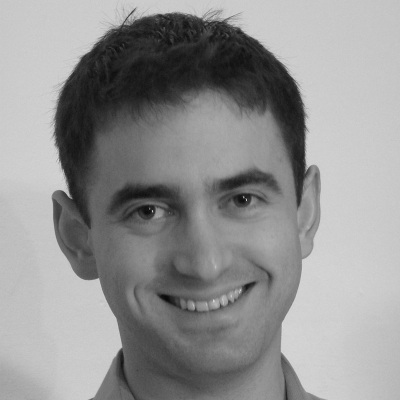
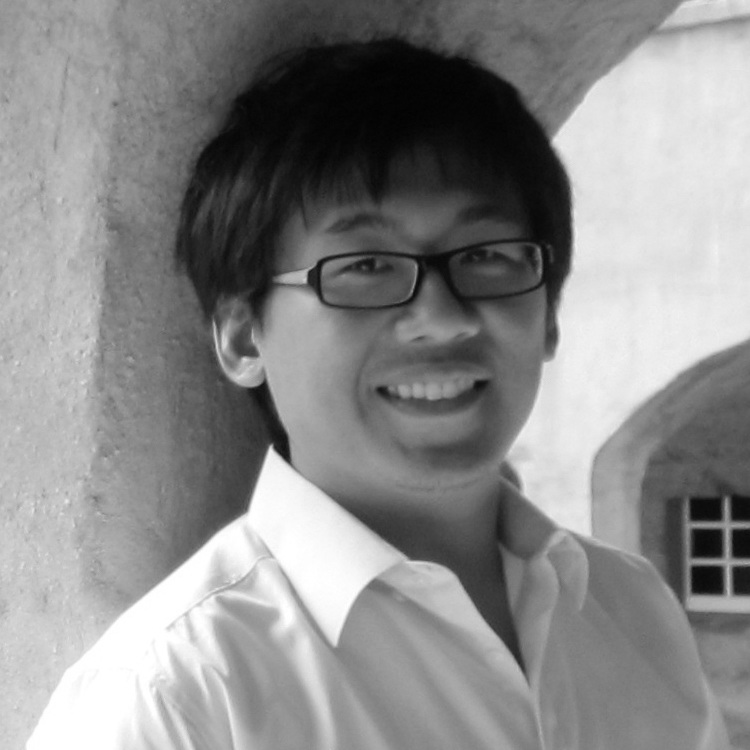

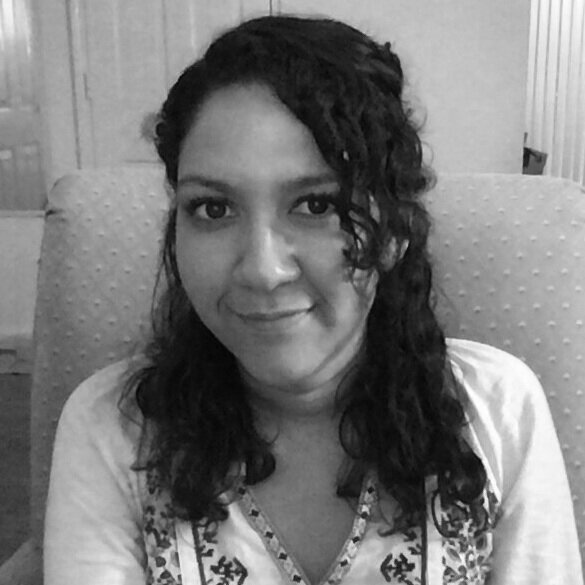

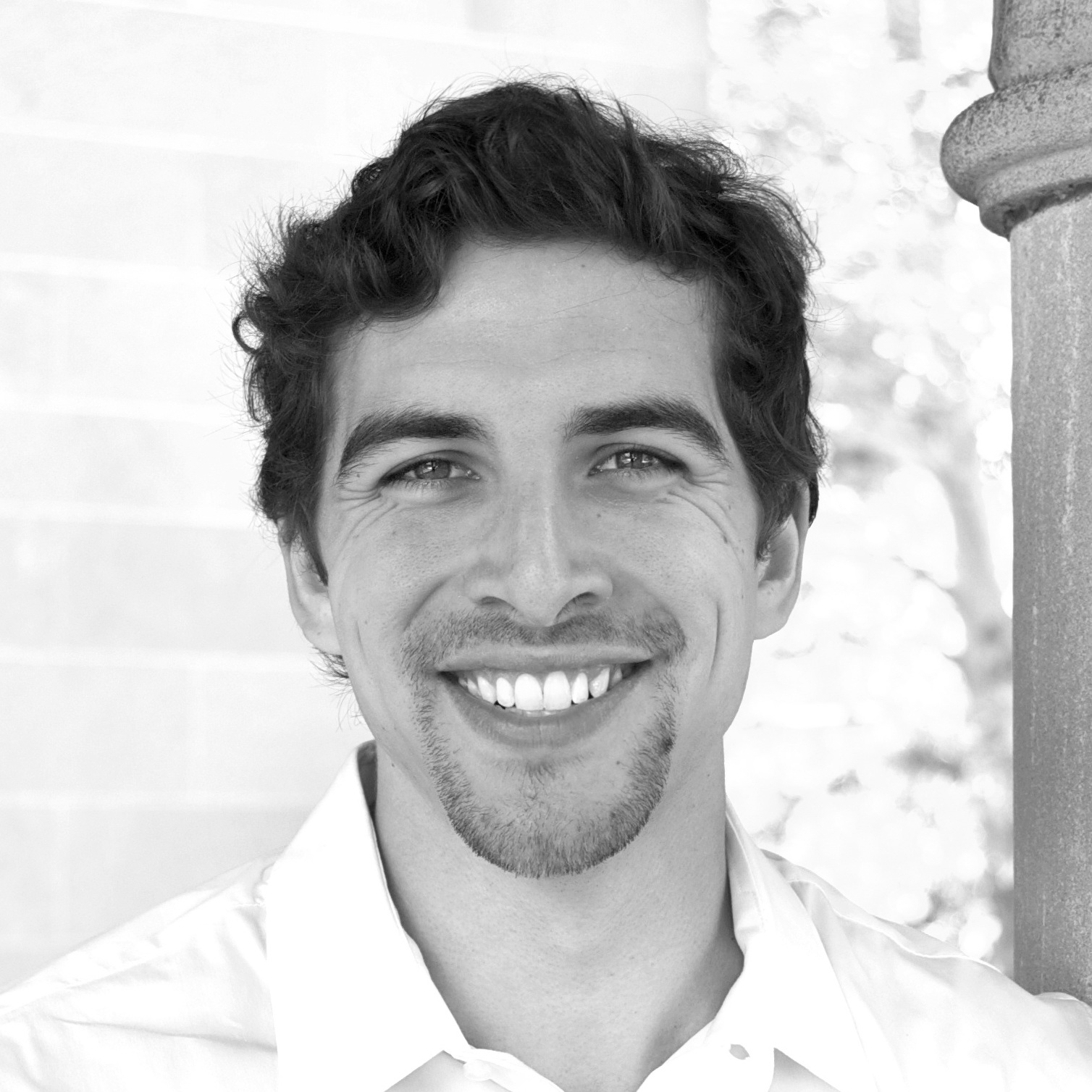


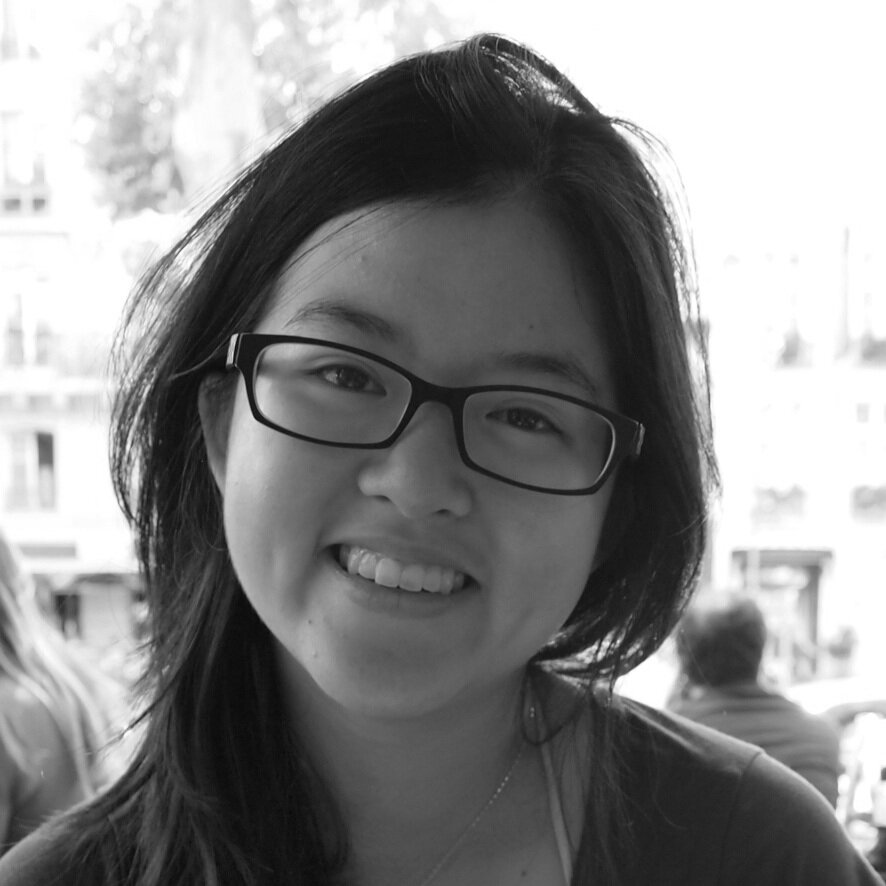
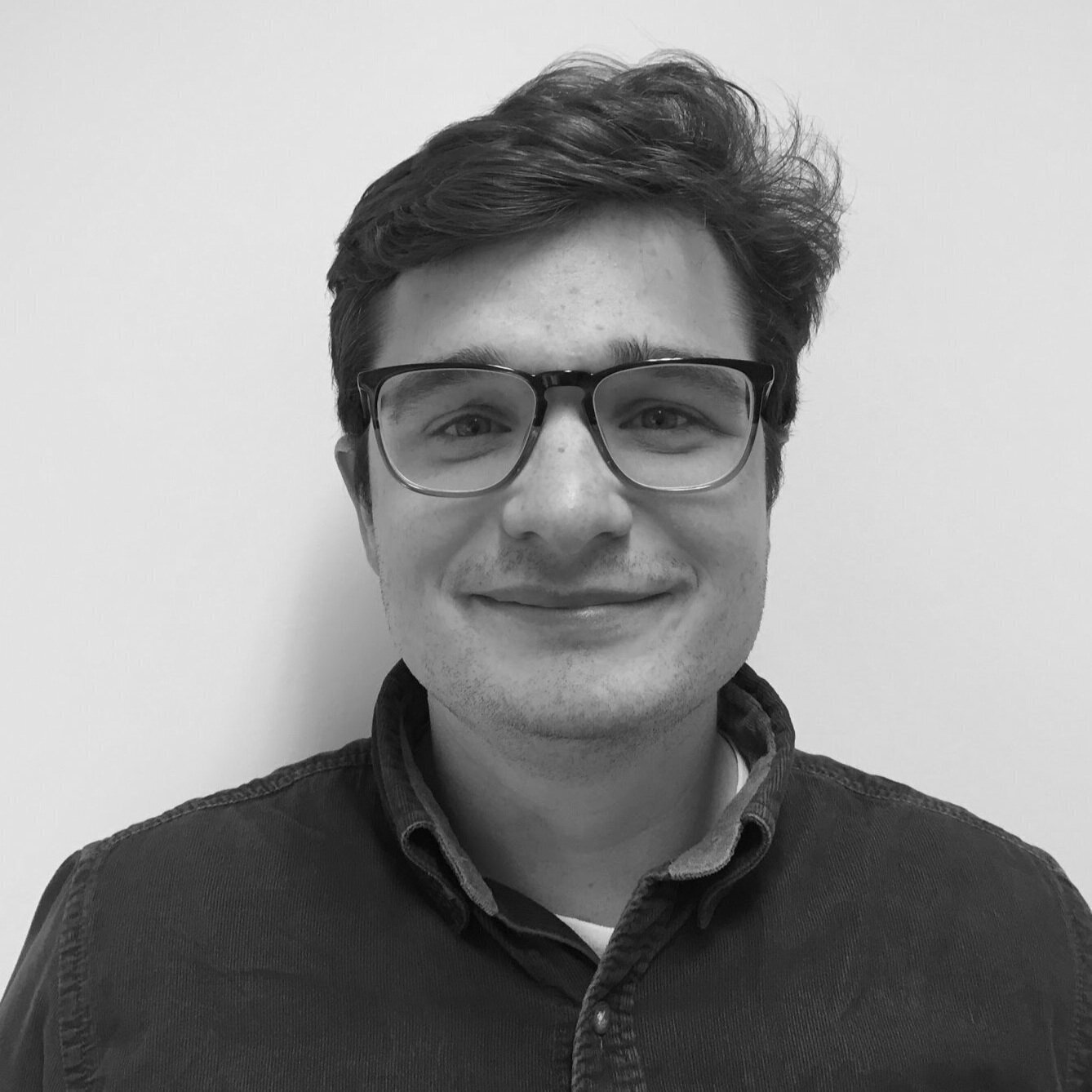
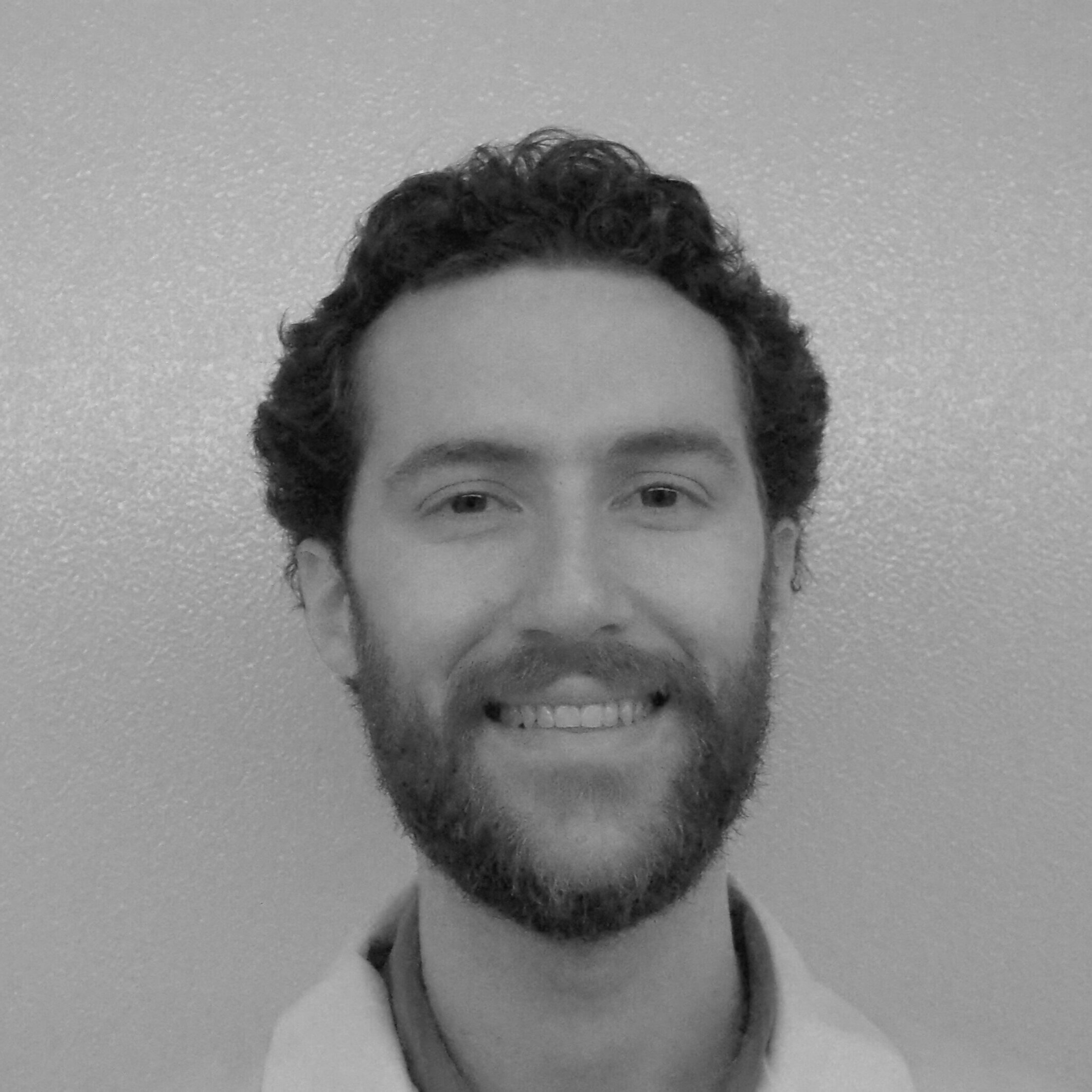

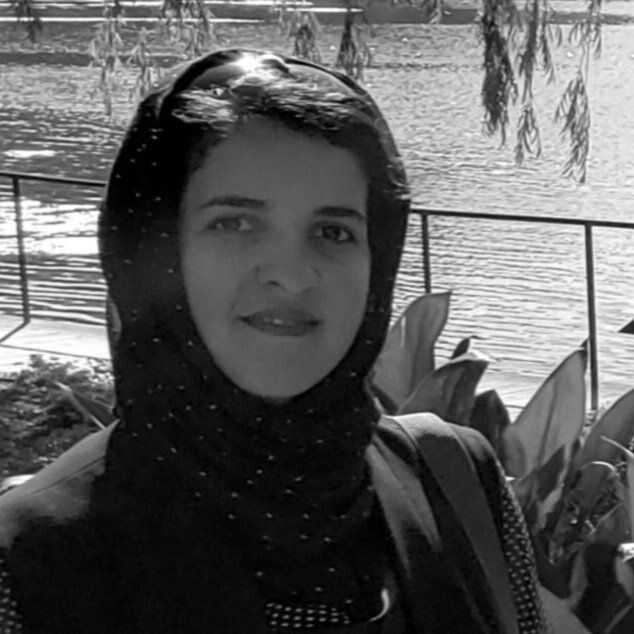
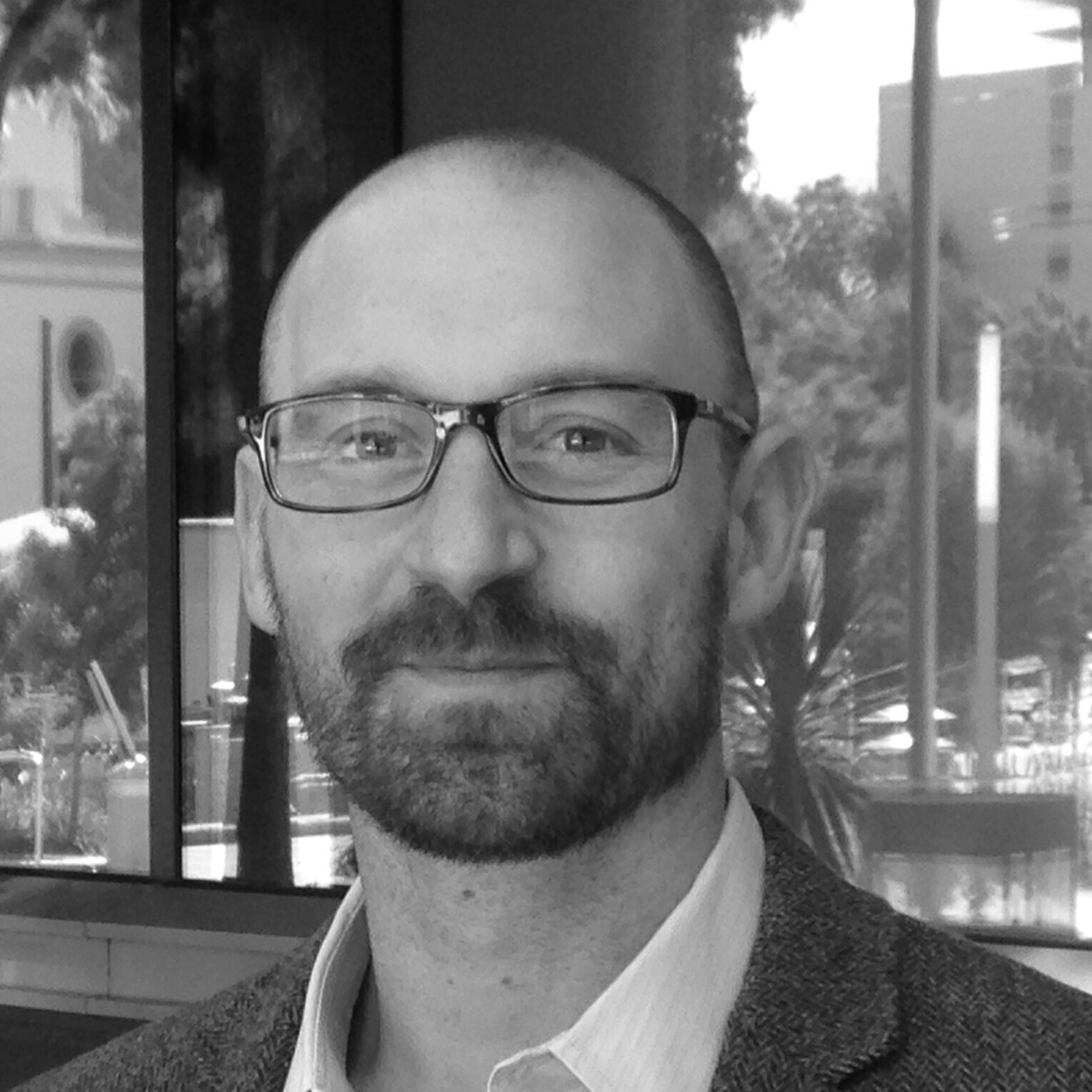
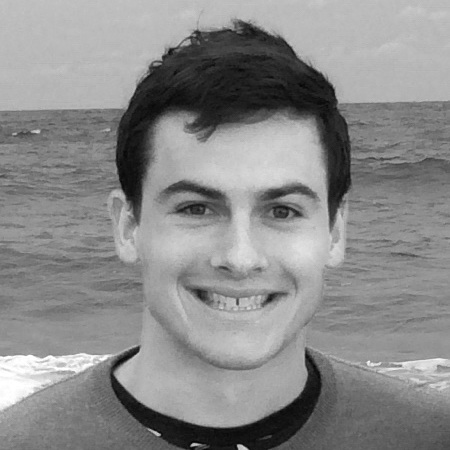
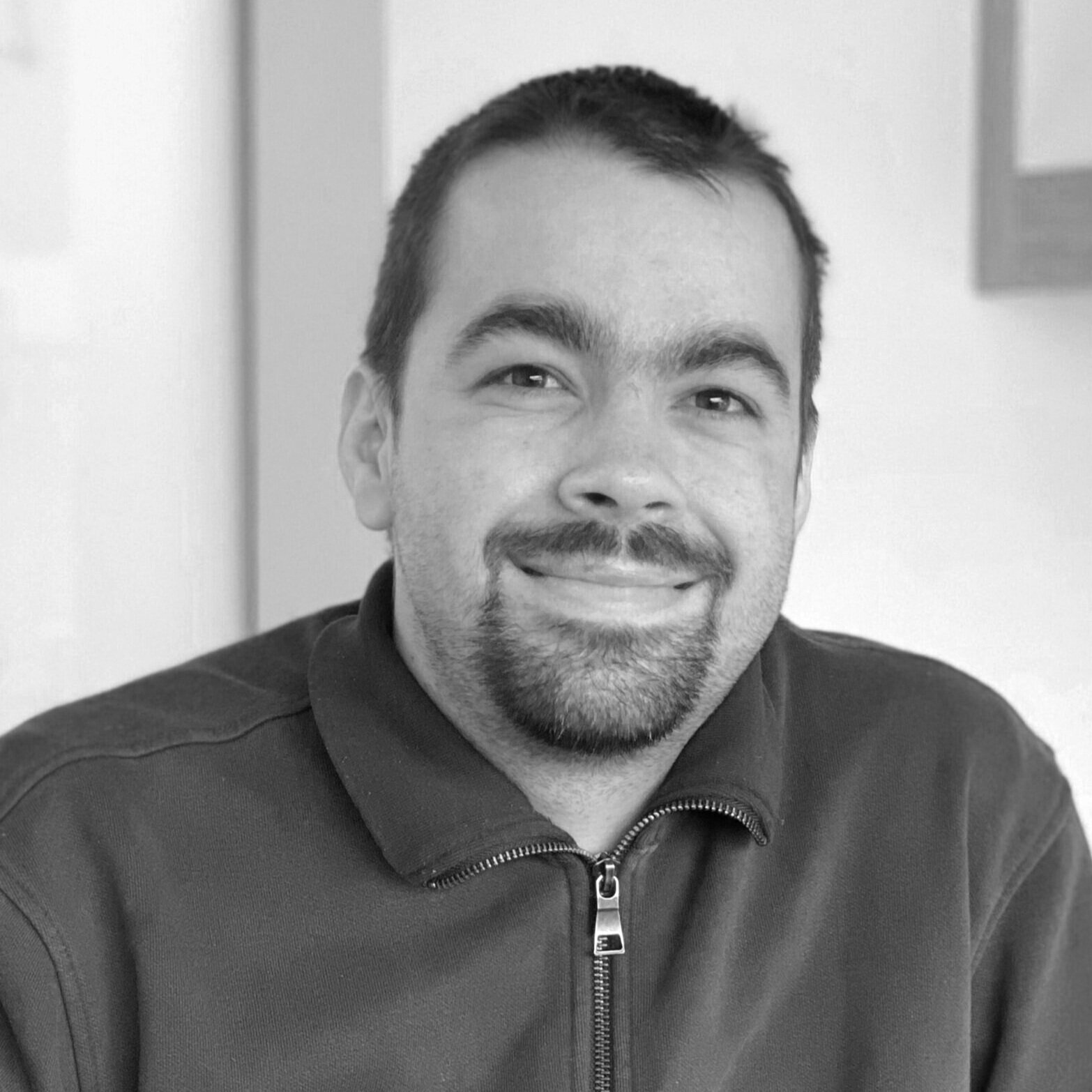

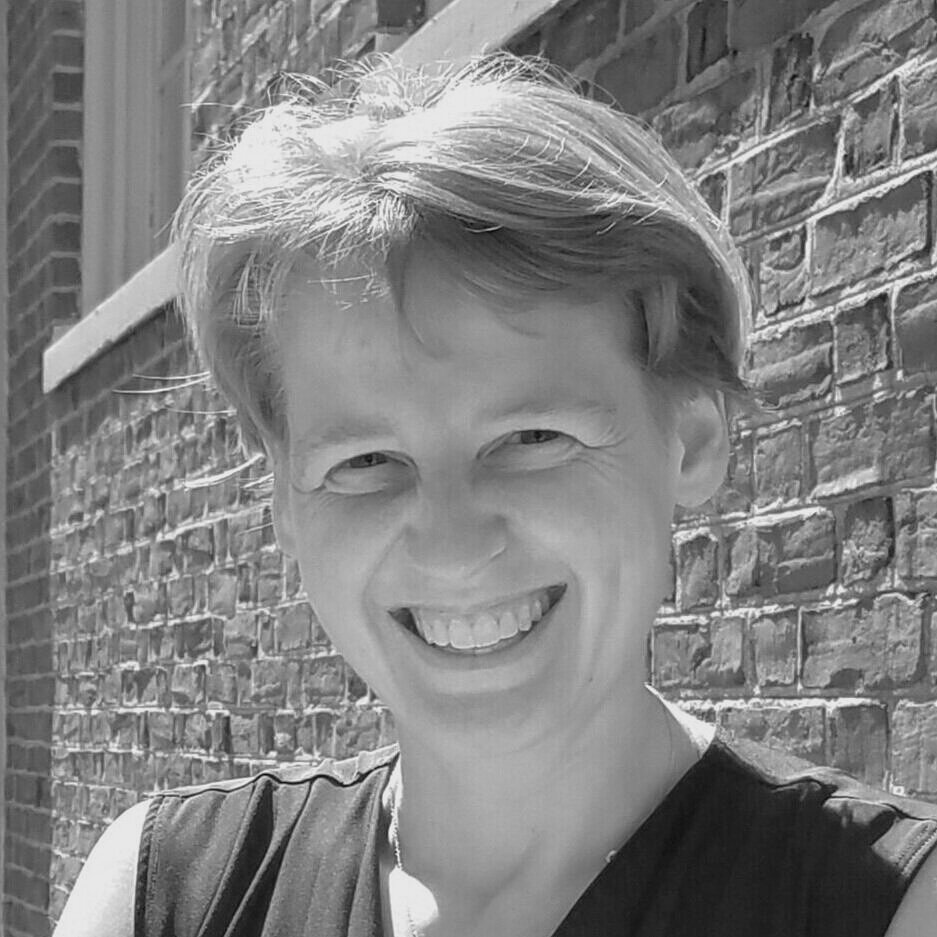
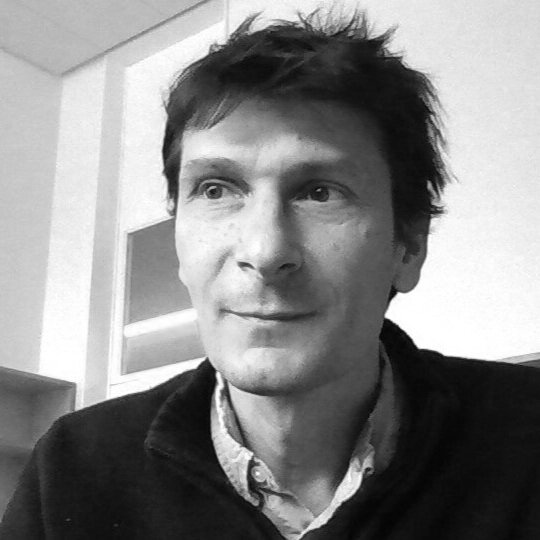
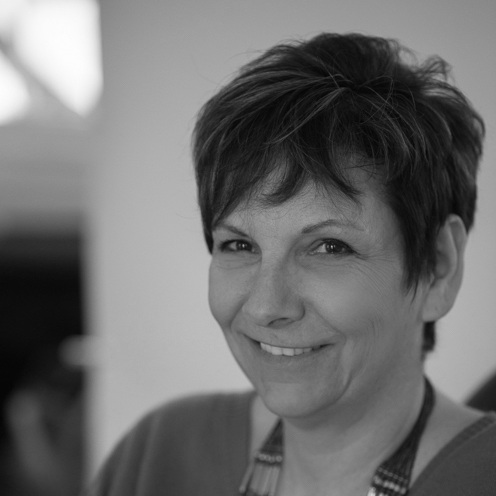



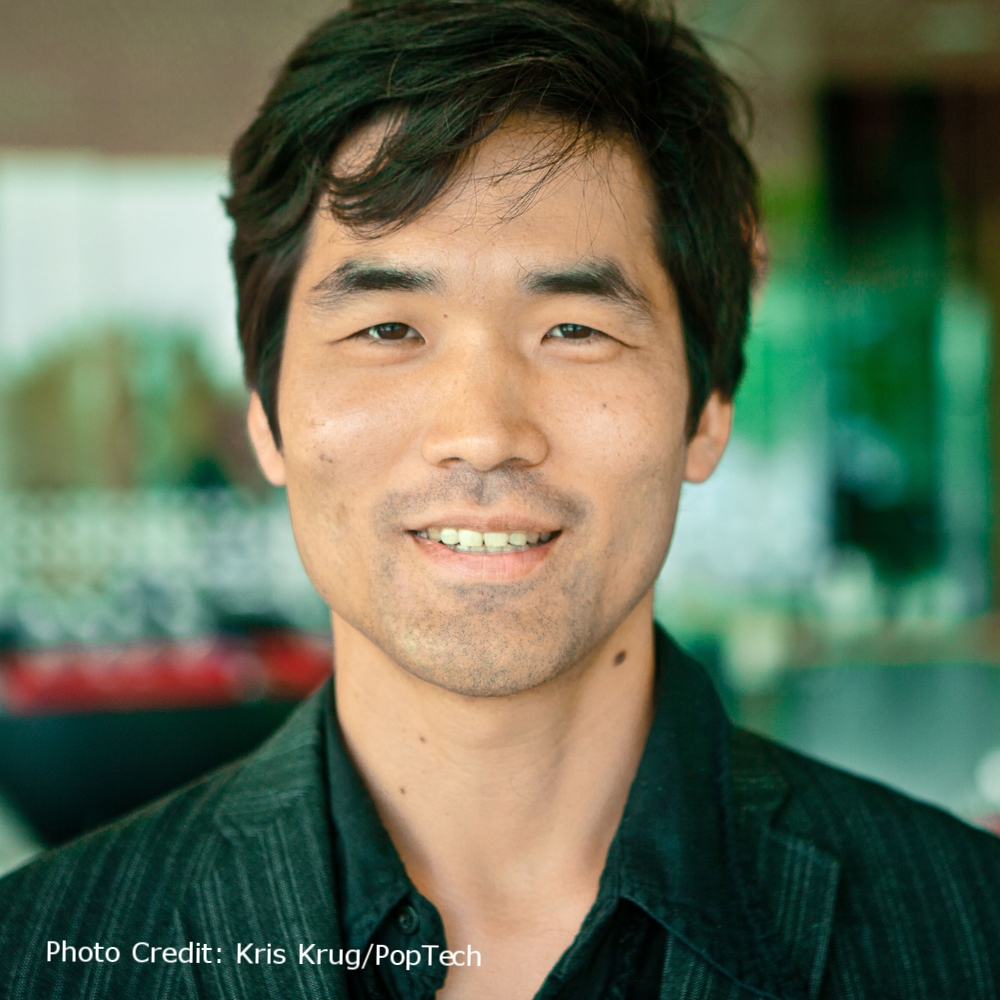


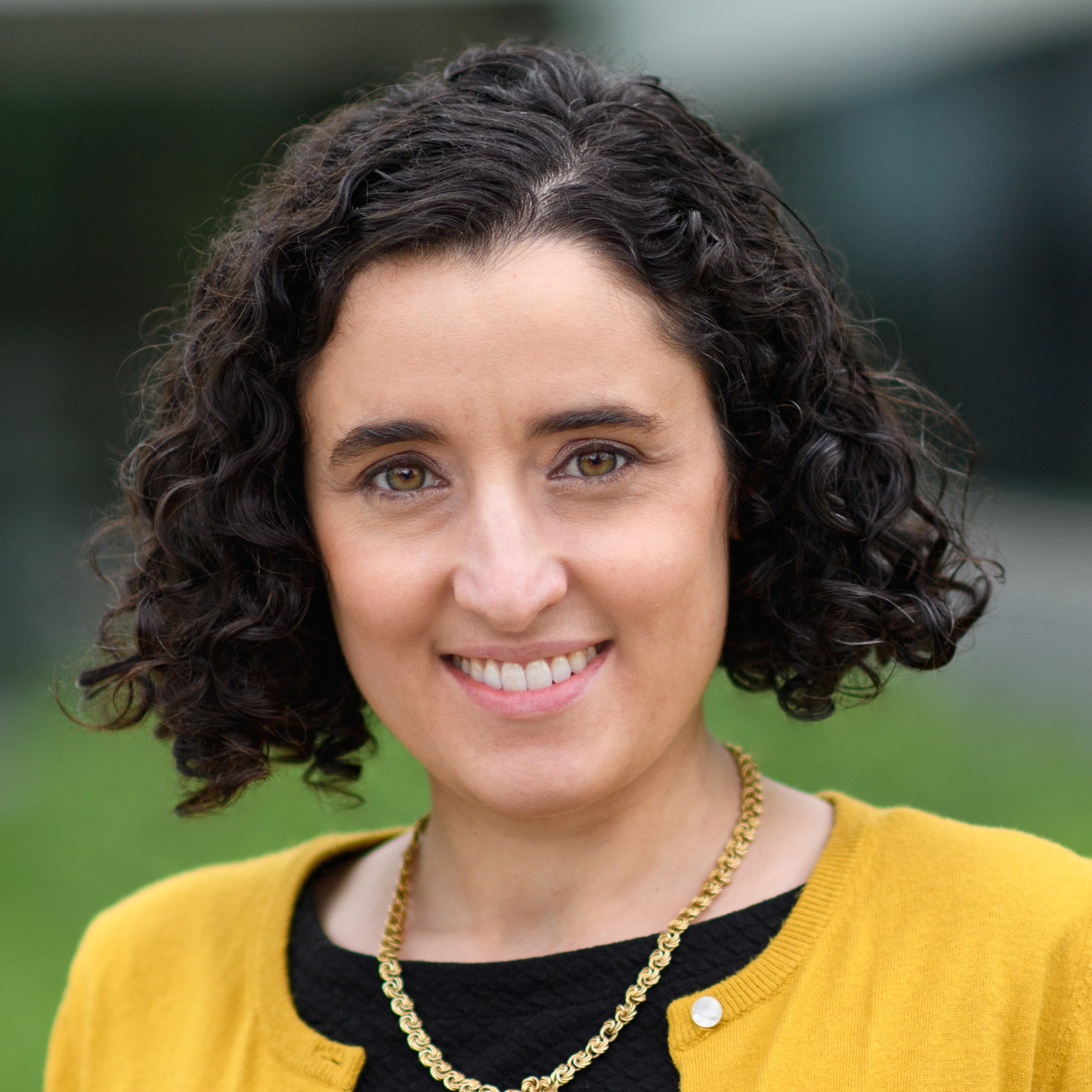












![josh_photo[1].jpg](https://images.squarespace-cdn.com/content/v1/5af598f8b27e395e478717f3/1576012623726-GJJH9X3A2TTPCQFJEDVL/josh_photo%5B1%5D.jpg)






























